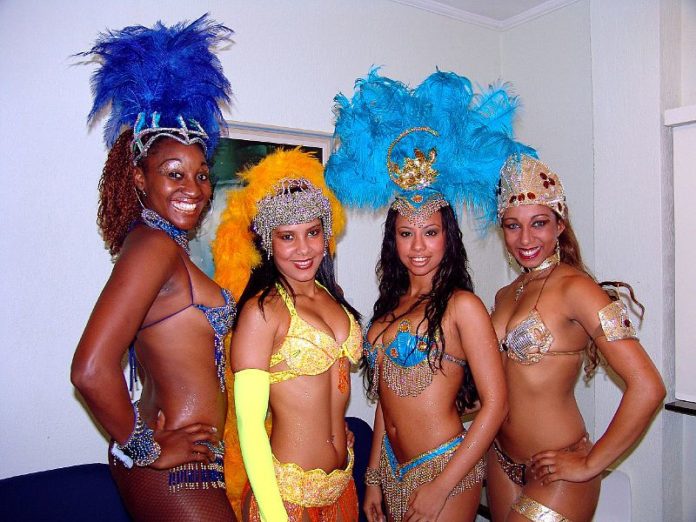Brazilan Samba emerged in Rio de Janeiro during the early 1900s.
The Abolition of Slavery
The abolition of slavery began in Brazil on September 28th, 1871, when the Brazilian Parliament, under Prime Minister Jose Paranhos, Viscount of Rio Branco, passed ‘The Law of the Free Womb’. This granted liberty to all children of slaves and to slaves of the state. However, it was not until seventeen years later, on May 13th, 1888, that the Lei Aurea, or Golden Law, abolished slavery in Brazil altogether. During the same period, the tobacco and coffee plantations of Bahia, the coastal northeastern state that was the central hub of the Brazilian slave trade, fell into decline.
Praca Onze
These factors resulted in large numbers of slaves and freed slaves moving to Brazil’s capital, Rio de Janeiro. Many of them congregated in an area called the Eleventh Plaza, or Praca Onze, where a rich culture of African origin developed. One important aspect of this culture was gathering at houses belonging to ‘Tias’, which means Aunties, and refers to the traditional matriarchs of Bahia. At these gatherings, traditional African gods, or Orishas, were worshipped through dance and music.
Tia Ciata and Number 177, Rua Visconde de Inhauma
One of Praca Onze’s most well-known and well-loved Tias was the Salvador born Tia Ciata, also known by the name of Tia Assiata. Having lived in Bahia until 1875, she moved to Number 177, Rua Visconde de Inhauma, in Praca Onze in 1899. Her house soon became a famous party destination. A charismatic and popular hostess, who had trained as a tap dancer, Tia Ciata held parties and jam sessions that ran into the early hours of the morning.
It was at Number 177, Rua Visconde de Inhauma, that samba was, more or less, born. The lively atmosphere created by Tia Ciata attracted some of Praca Onze’s finest musicians. They would gather there and play for hours on end, exchanging ideas and developing and refining new ways of playing. Philosophers, politicians, artists and writers would go along to listen and to converse. Sometimes one party would last for days on end, so caught up was the crowd in its cultural, artistic and intellectual pursuits. The abolition of slavery and the convergence of those freed on Rio de Janeiro created an atmosphere of change and a hopeful energy, but at the same time, the African population faced the difficulties of urban living – tough working conditions, if work was even available, impoverishment and discrimination. Music provided a way of exploring these concerns, expressing cultural pride and examining and creating a sense of identity. Samba, with its obvious African roots, 2/4 beat and syncopation, was one manifestation of this.
The First Samba Recording
Some of the musicians to spend time at Tia Ciata’s included Caninha, Joao da Baiana, Donga, Pixinguinha, Heitor dos Prazeres and Sinho. In 1917, Tia Ciata, Sinho, Mestre Germano, Hilario Jovino, Ferreira, Donga and Joao da Mata, along with lyricist, Mauro Almeida, made the first ever samba recording, a song called ‘Pelo Telefone’.





